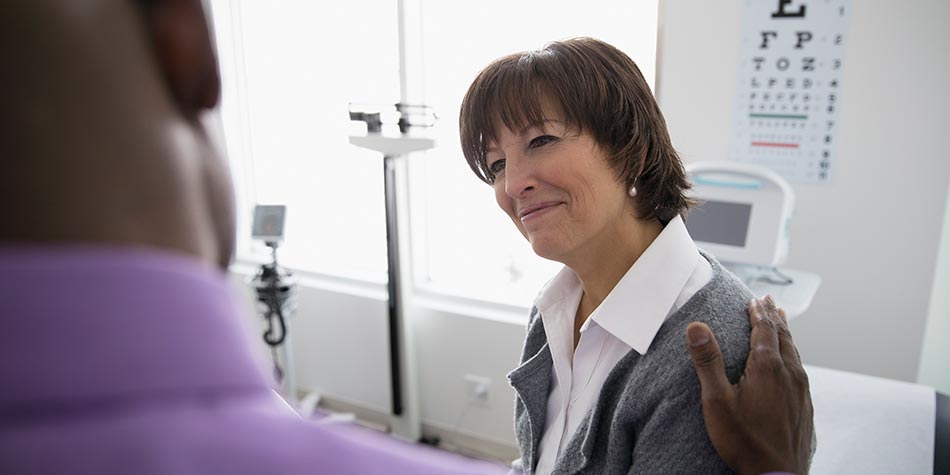
Lung cancer is the country's leading cause of cancer-related deaths, yet 82% of people eligible for a lung cancer screening aren't getting screened according to a new report by the American Cancer Society.
Lung cancer is responsible for almost 20% of all cancer-related deaths in the U.S. – and most cases are not caught until a late stage when the survival rate is only 8%. This is largely due to the absence of early symptoms, which causes it to remain undetected until it has progressed to an advanced stage. Early detection through screenings is crucial for improving patient outcomes.
Lung cancer screenings
The United States Preventive Services Task Force (USPSTF) and the ACS recommend annually screening those at high risk for lung cancer with low-dose CT scans. An annual screening helps to detect lung cancer before symptoms are present, which generally makes it is easier to treat and more likely to be cured.
The ACS updated its annual screening guidelines in November 2023 to increase the number of people eligible to be screened.
You’re now considered high-risk and encouraged to get an annual screening if you meet the following criteria:
- 50-80* years old (*must be 50-77 years old for Medicare)
- Those with least a 20-pack-year history (a pack-year is defined as smoking one pack per day) and are current smokers or have quit within the last 15 years
- Have a 30-pack-year history
To calculate your pack-year equivalent, multiply the number of packs of cigarettes smoked per day by the number of years you’ve smoked. For example, you have a 20-pack-year history if you smoked:
- One pack a day for 20 years
- Two packs a day for 10 years
A low-dose CT lung screening is a procedure referred by your primary care doctor. The process is quick and painless, requires no needles or dye and uses less radiation than traditional CT scans.
$webqFacilityNumber
Need a Physician?